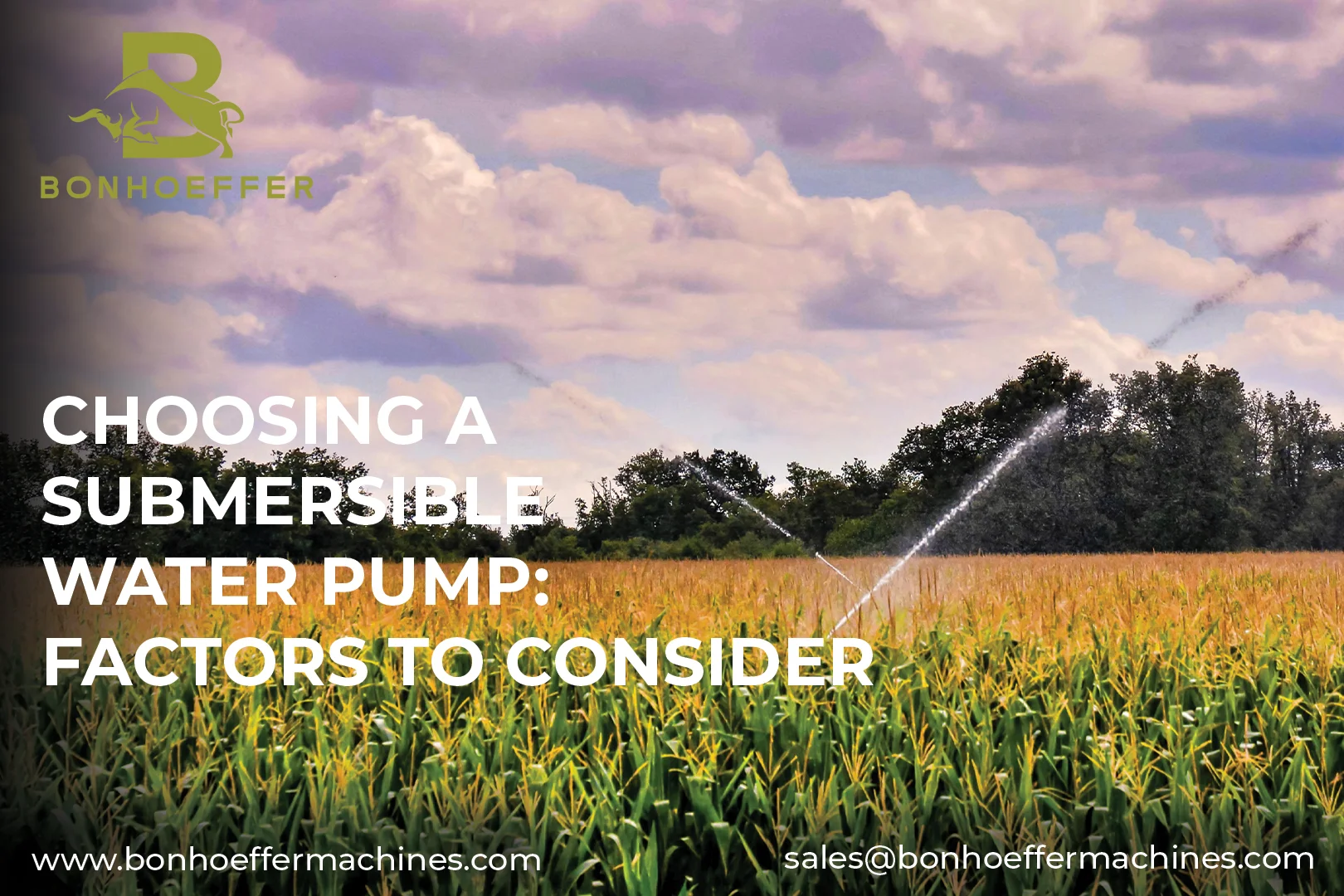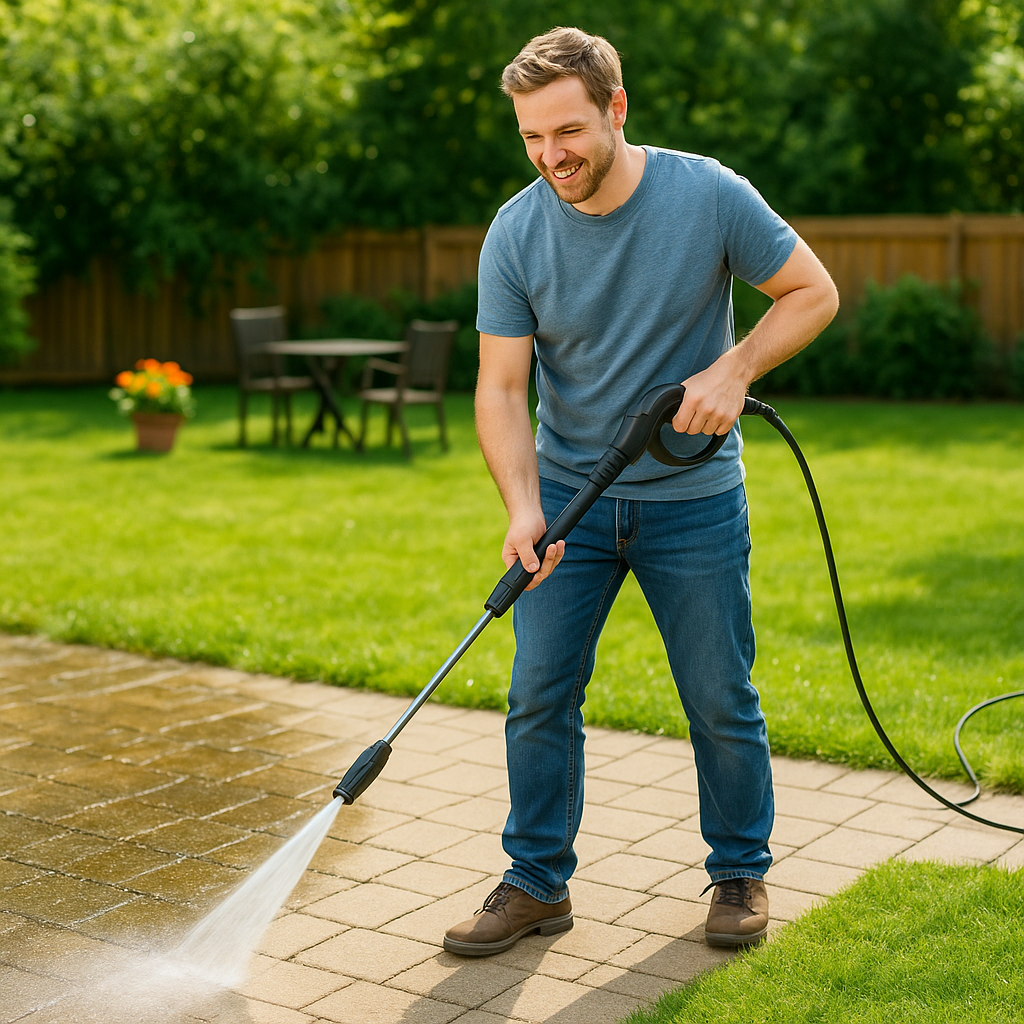
When selecting a submersible water pump, it’s important to consider several factors to ensure it meets your specific water pumping needs and works efficiently. Here are the key factors to consider:
1. Application:
Determine the purpose of the pump—whether it’s for residential use (e.g., well water supply), agricultural irrigation, dewatering, sewage pumping, or other industrial applications.
2. Water Source:
Identify the water source—such as a well, borehole, sump pit, or a body of water—where the pump will be submerged.
3. Flow Rate (Capacity):
Calculate the required flow rate (in gallons per minute or litres per second) based on your intended use. Ensure the pump can handle the maximum water demand of your application.
4. Total Dynamic Head (TDH) or Lift:
Determine the vertical distance the pump needs to lift water from the source to the discharge point, including any resistance from piping, valves, and elevation changes. This is referred to as the Total Dynamic Head (TDH) or total lift.
5. Horsepower (HP) and Motor Size:
Choose a pump with the appropriate horsepower rating to match the flow rate and TDH requirements. Avoid oversizing the motor, as it can lead to inefficiency and unnecessary costs.
6. Pump Type:
Different pump types are designed for various applications—submersible well pumps, sewage pumps, effluent pumps, etc. Select the type that suits your specific needs.
7. Construction and Materials:
Consider the construction material of the pump, particularly the impeller, casing, and motor housing. Choose materials that are corrosion-resistant and suitable for the water source’s characteristics.
8. Voltage and Power Supply:
Ensure the pump’s voltage matches your power supply—typically single-phase or three-phase. For remote or off-grid locations, consider the power source available (e.g., solar panels, generator).
9. Pump Depth and Submersion:
Determine the maximum allowable pump submersion depth. Some pumps are designed for shallow depths, while others can be submerged deeper.
10. Automatic vs. Manual Operation:
Decide whether you need an automatic pump with built-in float switches for automatic on/off operation, or if manual control suits your needs.
11. Outlet Size:
Consider the size of the outlet or discharge port. Ensure it matches your piping system to avoid flow restrictions or excessive pressure losses.
12. Brand and Quality:
Choose reputable brands known for producing reliable and durable submersible pumps. Quality matters to ensure long-term performance.
13. Maintenance and Serviceability:
Look for pumps that are easy to maintain and service. Access to replaceable parts, maintenance procedures, and availability of service technicians are important considerations.
14. Warranty and Support:
Check the manufacturer’s warranty and support options. A good warranty provides peace of mind and reflects the manufacturer’s confidence in their product.
15. Budget:
Consider your budget while balancing the pump’s features and performance. Avoid compromising on quality for cost savings, as a reliable pump is an investment in the long run.
By thoroughly evaluating these factors and consulting with professionals or pump experts, you can make an informed decision when choosing a submersible water pump that suits your needs and ensures reliable water supply.







